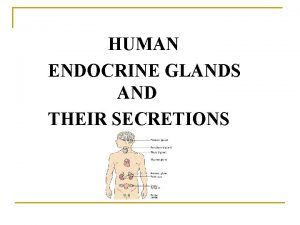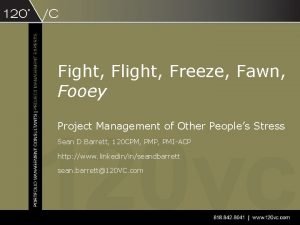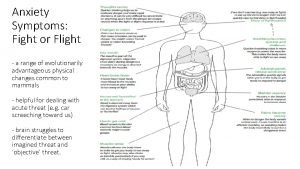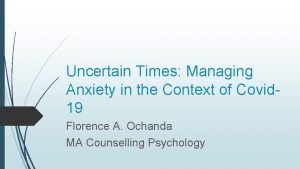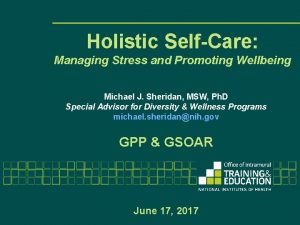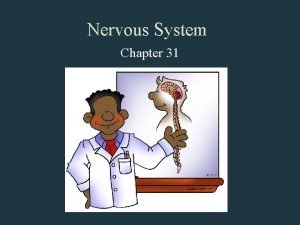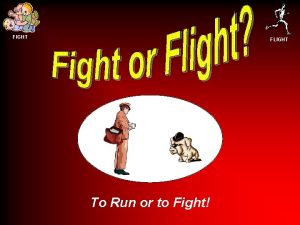fight or flight and PTSD Flight or Fight





- Slides: 5

fight or flight and PTSD Flight or Fight PTSD BY Christian Persaudmata

Fight or flight Process: Definition: Is a sequence of internal processes that prepare the aroused organism for struggle or escape. • It is activated when we interpret a situation as threatening. • The reaction depends on how the organism has learned to deal with threat. • This theory was discovered by Walter Cannon, when he realize the human body is hard-wire to protect us from any bodily harm. • • • It corresponds to an area of our brain called: Hypothalamus it initiates a sequence of nerve cells firing and chemical release to prepare our reaction either fight or flight. Adrenaline, noradrenalin and cortisol is released into our bloodstream. Our body dramatically changes: Respiration increases , pupils dilate , Sight sharpens, our awareness intensifies, our perception of pain diminishes.

Post traumatic stress disorder PTSD Symptoms: Definition: It is considered a mental health condition which is triggered by a terrifying event. Research believes the hippocampus plays a major role in the mental condition, as part of the limbic system which controls emotions such as: fear , anger , motivation, and memory. It also controls the ability to overcome fear , memories and tough situations. • • Difficulty sleeping and concentrating. Being easily startled. Anger. Panic. Being hyper-alert to danger. Irritability. Agitation. Hyper vigilance. • Intrusive memories. • Nightmares. • Flashbacks.

PTSD facts • • 8% of the U. S. population will have PTSD at one point in their lives. 5. 2 million will have ptsd during any given year. Women are more likely to develop Ptsd. People most likely to develop ptsd: People directly exposed to the trauma as a victim or a witness. Went through a trauma that was long-lasting or very severe. Felt helpless during the trauma and were not able to help yourself or a loved one. Had a severe reaction during the event, such as crying, shaking, vomiting, or feeling apart from your surroundings. • • • Believed that they were in danger. Believed that a family member was in danger. People who have other mental health problem. People who recently lost a loved one, especially if it was not expected. People who had a recent, stressful life changes.

Is there any relation between PTSD and Fight or Flight? People who experiencs a traumatic event or have ptsd, normally change their way of thinking including their world viewing. The world might no longer be a safe place to life, danger may come from anywhere at anytime without any warning. As a result of the new way of thought process the brain goes into high alert by using the fight or flight response at all times 24/7. in other words their ability to turn this response off is not present at the time. This situation will indicated that there is a strong correlation between PTSD and fight or flight responses.
